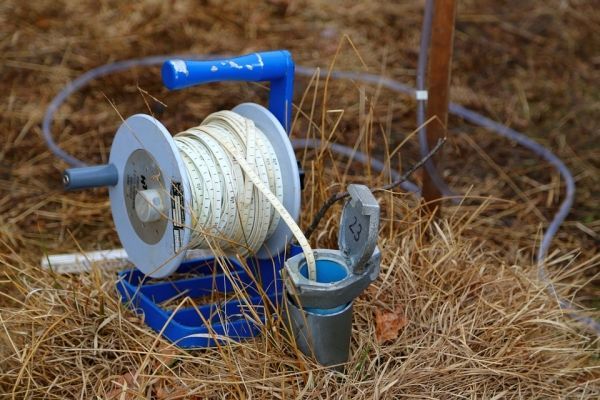
For decades, intensive groundwater pumping has caused ground beneath California’s San Joaquin Valley to sink, damaging infrastructure. Now research published in the journal Nature Communications suggests that as pumping makes the ground sink, it also unleashes an invisible threat to human health and food production: It allows arsenic to move into groundwater aquifers that supply drinking water for 1 million people and irrigation for crops in some of the nation’s richest farmland.
>> Read the Full Article
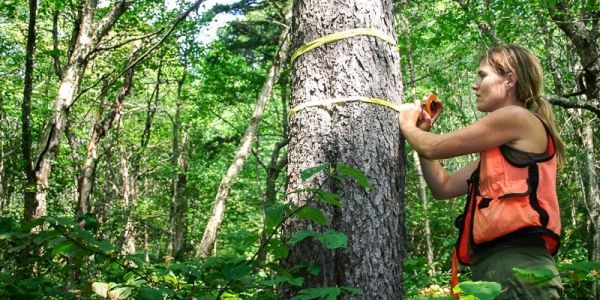
Since the 1960s, scientists at the University of Vermont have been documenting the decline of red spruce trees, casualties of the damage caused by acid rain on northeastern forests.
But now, surprising new research shows that red spruce are making a comeback—and that a combination of reduced pollution mandated by the 1990 Amendments to the Clean Air Act and changing climate are behind the resurgence.
>> Read the Full Article
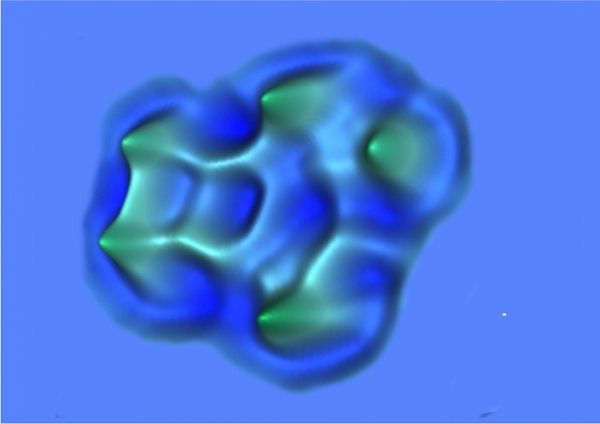
In a first, researchers from the University of California, Irvine – as well as Switzerland’s University of Zurich, IBM Research-Zurich and UC Santa Cruz – have obtained direct images of dissolved organic carbon molecules from the ocean, allowing better analysis and characterization of compounds that play an important role in the Earth’s changing climate.
>> Read the Full Article
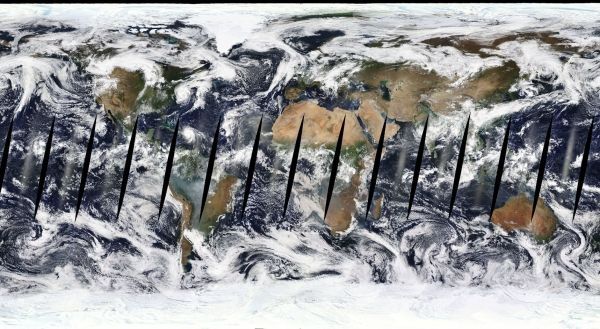
Powerful Earth-observing instruments aboard NASA’s Terra and Aqua satellites, launched in 1999 and 2002, respectively, have observed nearly two decades of planetary change. Now, for the first time, all that imagery — from the first operational image to imagery acquired today — is available for exploration in Worldview.
>> Read the Full Article
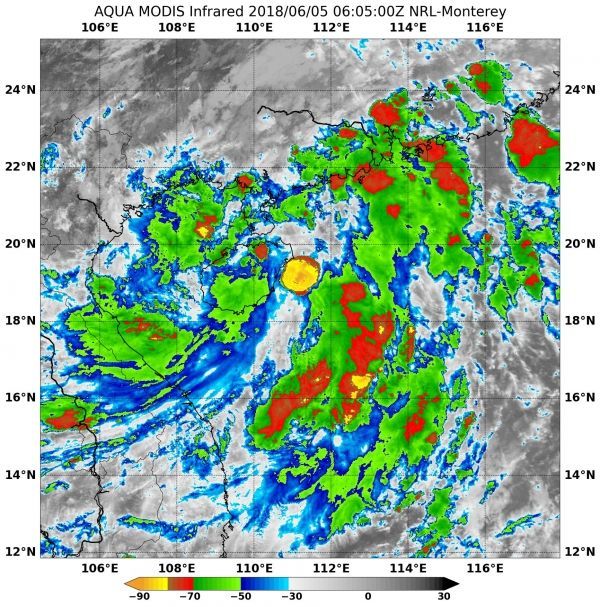
NASA obtained an infrared look at Tropical Depression 05W as it continued moving through the South China Sea. NASA's Aqua satellite found very cold cloud top temperatures and strong storms in fragmented thunderstorms mostly east of 05W's center.
NASA's Aqua satellite passed over Tropical 05W on June 5 at 2:05 a.m. EDT (0605 UTC) and analyzed the storm in infrared light to reveal cloud top temperatures. The MODIS or Moderate Resolution Imaging Spectroradiometer instrument aboard NASA's Aqua satellite revealed some cloud top temperatures in a fragmented band of thunderstorms were as cold or colder than minus 70 degrees Fahrenheit (minus 56.6 degrees Celsius). NASA research indicates very cold cloud tops with the potential to generate very heavy rainfall. The strongest storms all appeared to be over open waters in the Gulf of Tonkin and northern South China Sea.
>> Read the Full Article

 ENN
Environmental News Network -- Know Your Environment
ENN
Environmental News Network -- Know Your Environment